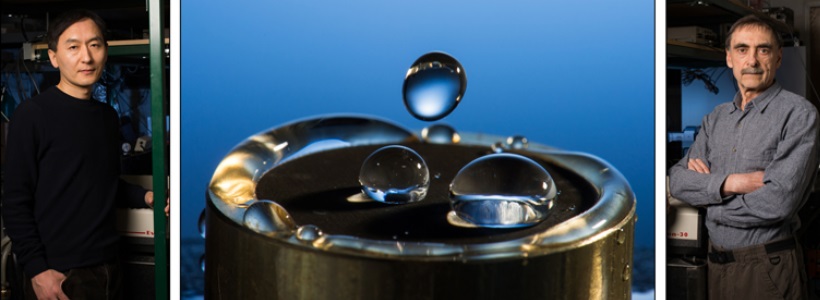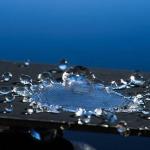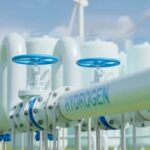Researchers from the University of Rochester in New York have successfully transformed metals into water repellent or super-hydrophobic materials using lasers.
This new development will make a significant change in superyacht industry, where the vessels are constructed from metal, including steel, aluminium or a composite.
Transforming metals into super-hydrophobic materials will help to achieve waterproof, rust-free superyachts in the future.
University of Rochester researchers Chunlei Guo and Anatoliy Vorobyev said: “It transforms a smooth metal surface into a highly structured one, covered with a range of micro and nano-scale structures and it’s those structures that have the different water-repellent properties.”
The super-hydrophobic materials will prevent water, dirt and oil from adhering to the surface to keep the surface anti-corrosive and anti-icing.
In addition, it will also help minimise the drag of a superyacht through water, which will result in less fuel consumption and cost.
They added: “The material is so strongly water-repellent, the water actually gets bounced off“.
“Then it lands on the surface again, gets bounced off again, and then it will just roll off from the surface“.
This new method is considered superior to chemical coatings since these laser-generated metals repel water much better than any type of coating available. Moreover, the laser light changes the metal structure to make it water resistant permanently.
However, the mass-production of super-hydrophobic material is impractical at present since it takes an hour of laser blasting to create a square inch of hydrophobic metal.
Didascalia foto 4: a partire da sinistra Chunlei Guo e Anatoliy Vorobyev, researchers of University of Rochester
















